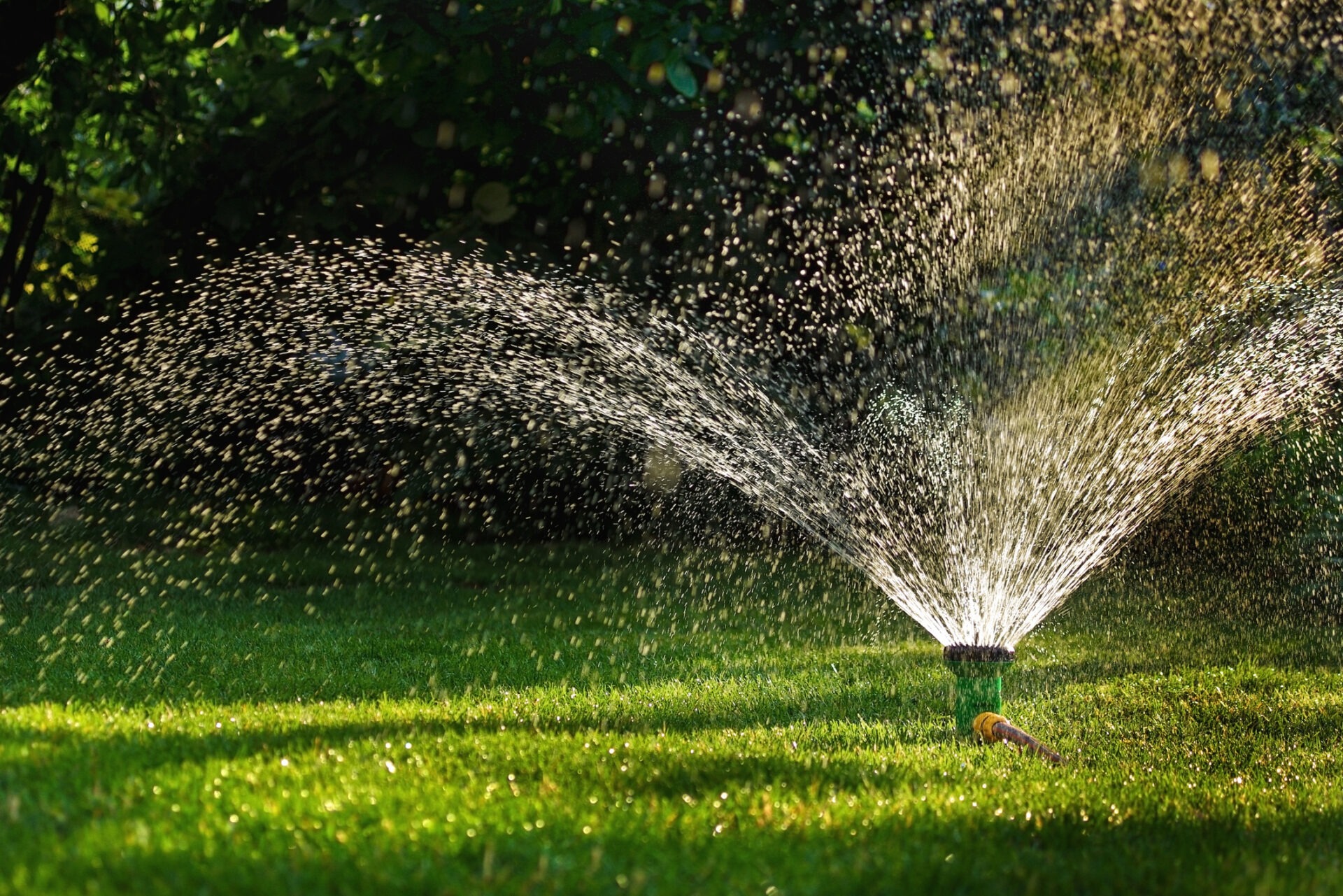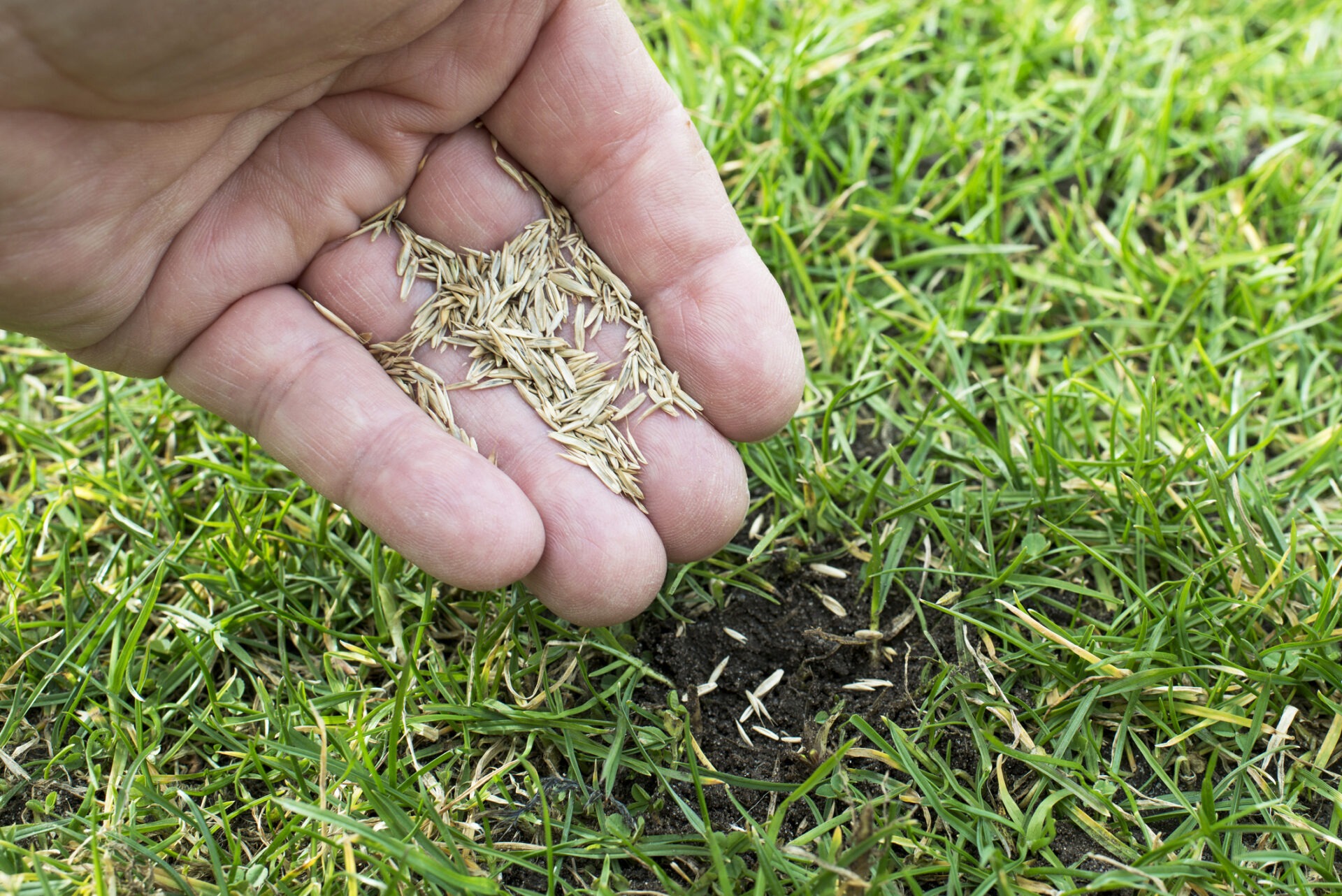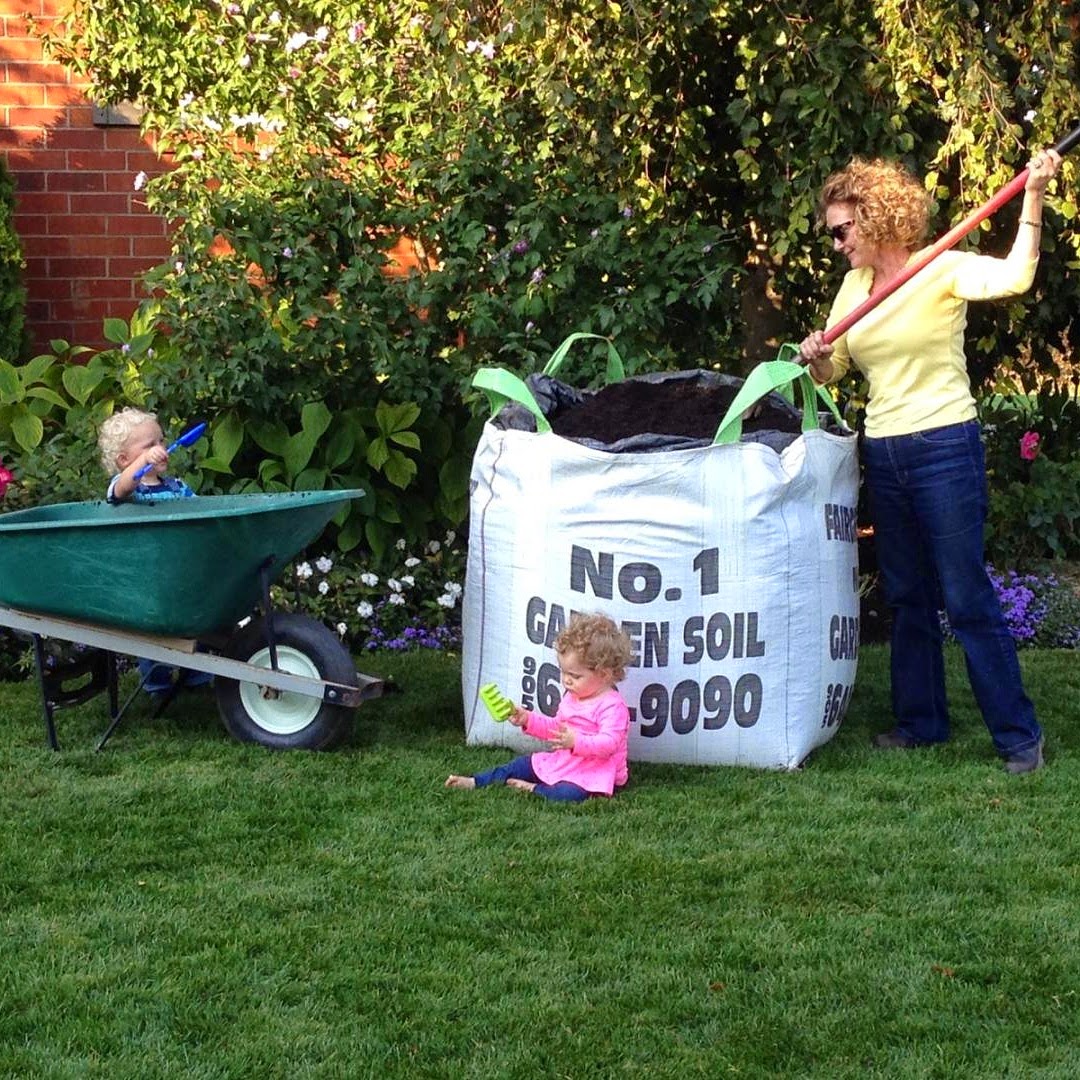Your cart is currently empty!

Toronto Lawn Care Tips: Essential Sod Maintenance for a Healthy Lawn
Maintaining a lush lawn in the Greater Toronto Area requires thoughtful care and consistent effort throughout the year. As homeowners look out at their yards, they often feel overwhelmed by the various tasks needed to sustain vibrant, healthy sod. Many seek a reliable resource with Toronto lawn care tips to guide them through essential lawn upkeep. However, without the proper guidance, it’s easy to overlook critical tasks that ensure your lawn remains healthy and attractive season after season. Fortunately, this comprehensive checklist is specifically tailored for sod lawns in Toronto’s unique climate, providing clear, actionable steps. By following this straightforward advice, you’ll maximize your lawn’s potential, creating an inviting outdoor space that enhances your property’s beauty. Whether you’re an experienced gardener or a first-time homeowner, our checklist empowers you to achieve and sustain the lush, vibrant lawn you’ve always wanted.
An effective Ontario lawn care schedule is a vital part of an overall maintenance strategy designed to address challenges like snow, ice, and cold temperatures common to our local climate. Implementing the right approach year-round ensures that your sod recovers quickly from seasonal stresses, remaining lush, healthy, and vibrant throughout every season.
Essentials for You Ontario Lawn Care Schedule
Regular assessment and consistent maintenance are essential for a vibrant lawn in the Greater Toronto Area. One common issue to watch for year-round is snow mould, presenting as white or grey patches caused by fungi thriving in damp conditions. In regions like Markham and Toronto, these conditions can frequently arise, requiring vigilance and timely intervention. If you notice affected areas, lightly rake them once the ground is sufficiently dry to promote airflow and assist recovery.
It’s also important to regularly monitor your lawn for excessive thatch or debris that could impact overall lawn health.
Follow this checklist with ideal tips for your Ontario lawn care schedule:
- Check for Snow Mould: Identify any white or grey fungal patches.
- Examine Thatch Levels: Inspect for excessive accumulation of dead grass.
- Clear Debris: Regularly remove leaves, twigs, and other obstructions.
- Lightly Rake Damaged Spots: Enhance airflow and recovery in affected areas.
Consistently performing these evaluations establishes a strong foundation, ensuring your lawn receives ongoing care, proper nutrients, and essential maintenance throughout the entire year. By proactively managing your lawn’s health, you set the stage for sustained growth, resilience against environmental stresses, and a lush, thriving lawn that remains attractive season after season.
GTA Sod Maintenance: Early Stages

Understanding Your Sod
Sod consists of mature grass that’s been carefully grown and harvested in rolls, allowing your new grass to establish itself immediately. Homeowners in the GTA prefer sod due to its instant results compared to seeding, which is especially beneficial given Toronto’s short growing season.
After installation, sod initially depends on the nutrient-rich soil underneath to establish a robust root system. Healthy roots are vital for absorbing water and nutrients, promoting long-term durability and resilience against environmental stressors. Typically, new sod takes about two to three weeks to root effectively, requiring attentive care during this critical period.
Watering Best Practices
Proper watering is crucial in the early weeks after installation and for ongoing maintenance. Newly laid sod needs watering every day during its first two weeks, preferably early in the morning, for optimal absorption and reduced evaporation. After the first two weeks, gradually transition to watering about twice a week, ensuring each session delivers about an inch of water.
In Toronto’s summer heat, keep an eye out for signs of dehydration, such as curling blades or dull colouration. Avoid overwatering, as soggy soil encourages fungal diseases, pests, and shallow root growth. Implementing a consistent watering schedule helps your sod establish deep, drought-resistant roots.
Proper Mowing Techniques
Mowing your sod correctly is another essential step for a lush, resilient lawn. Your mowing schedule and technique can significantly influence the health and appearance of your grass.
For GTA lawns, maintain your grass height around 2.5 to 3 inches. Cutting grass too short (under 2 inches) stresses the sod, reduces its root strength, and exposes it to sunburn, weed invasion, and drought sensitivity. A slightly taller grass canopy shades the soil, conserves moisture, and promotes stronger root development.
Aim to mow your lawn weekly during active growing periods, never removing more than one-third of the grass blade length per cut. Always use sharp mower blades to ensure clean cuts, reducing grass blade damage and potential disease susceptibility.
Fertilizing and Soil Nutrition
Even healthy sod needs nutritional support throughout the growing season. Fertilizers supply essential nutrients such as nitrogen, phosphorus, and potassium, crucial for vibrant colour, robust root systems, and overall lawn health.
In the GTA, applying fertilizer at strategic intervals—spring, early summer, and early fall—is ideal. Spring fertilization kick-starts growth, while fall applications bolster your lawn’s resistance to winter stress. Choose balanced fertilizers formulated specifically for sod or general-purpose lawn fertilizer with a nitrogen-phosphorus-potassium (N-P-K) ratio suited to local soil needs.
Always follow manufacturer guidelines carefully when applying synthetic fertilizers to avoid over-fertilizing, which can damage grass roots or runoff into the environment. Properly nourishing your lawn creates a lush, green, and resilient landscape year-round.
GTA Sod Maintenance: Staying Healthy

Weed and Pest Control
Maintaining a pristine sod lawn also means keeping weeds and pests at bay. Common weeds in the GTA, such as dandelions, crabgrass, and clover, can quickly invade weakened or stressed lawns. Pest threats typically include grubs, chinch bugs, and sod webworms, which can cause significant damage beneath the grass surface.
Use targeted, standard (non-organic) treatments as soon as you identify these issues. Pre-emergent herbicides help prevent weed seeds from germinating, particularly crabgrass, while post-emergent treatments address existing weeds effectively. Similarly, insecticide applications at the first signs of infestation can prevent extensive lawn damage.
Always apply weed and pest treatments according to instructions to avoid damaging healthy grass or surrounding plant life, ensuring treatments effectively control unwanted intruders without unnecessary chemical use.
Repairing Damaged Sod
Despite your best efforts, areas of sod may become thin, compacted, or damaged over time. Fortunately, addressing these problems promptly ensures your lawn remains attractive and healthy.
To repair thin or bare patches, install new sod or use grass seed specifically suited for your existing grass type. Loosen compacted soil using aeration techniques, promoting improved water, air, and nutrient penetration to grass roots. GTA lawns benefit from aeration once annually, ideally in early fall, helping grass recover from the stress of summer heat.
Thatch—a dense layer of dead grass and roots—can hinder nutrient absorption and moisture penetration. If your lawn accumulates over half an inch of thatch, consider dethatching using specialized rakes or equipment. Removing excess thatch supports stronger, healthier grass growth throughout the season.
GTA-Specific Considerations

Maintaining a healthy sod lawn in the GTA comes with unique regional considerations. Soil types vary widely across Toronto, ranging from sandy loam to heavy clay. Identifying your soil type helps inform effective watering and fertilization strategies. For example, sandy soils require more frequent watering but drain quickly, while clay-heavy soils need less frequent watering but require aeration to prevent compaction.
Additionally, keep track of local watering restrictions that may impact your lawn care routine, particularly during peak summer months. Toronto often implements restrictions based on address and calendar date, which can dictate when you’re allowed to water your lawn. Familiarize yourself with these local rules to maintain compliance while ensuring your lawn stays healthy.
The GTA climate also presents challenges, including hot, humid summers and frigid winters. Your sod maintenance plan should reflect seasonal changes, incorporating practices such as increased watering during summer heatwaves and protective measures during winter, including proper fertilization and final mowing before winter dormancy.
Implementing Your Ontario Lawn Care Schedule
Establishing a reliable lawn care schedule tailored to Ontario’s unique climate and soil conditions is essential for optimal sod health. Below is a simplified seasonal schedule to guide your maintenance:
- Spring:
- Rake gently to remove winter debris.
- Apply pre-emergent weed control.
- Fertilize to support initial growth.
- Begin regular mowing as growth resumes.
- Early Summer:
- Adjust watering schedule for increased heat.
- Fertilize to sustain growth and colour.
- Monitor closely for pests and treat promptly.
- Late Summer:
- Continue watering deeply but infrequently.
- Address insect or weed issues proactively.
- Aerate if soil is compacted.
- Fall:
- Aerate to promote root growth.
- Fertilize for winter preparation.
- Dethatch if necessary.
- Perform final mowing before winter dormancy.
- Winter:
- Minimize traffic on dormant grass.
- Monitor for winter-related damage, planning for early spring repairs.
Your GTA Sod Care Experts
Achieving a lush, healthy sod lawn in the GTA requires consistent attention, but the rewards are well worth the effort. By following these Toronto lawn care tips—covering watering practices, mowing techniques, fertilization, weed and pest management, and timely repair strategies—you’ll maintain vibrant, resilient sod throughout every season.
If maintaining your lawn feels overwhelming or you encounter persistent issues, professional assistance can simplify your lawn care routine significantly. Experts familiar with GTA sod maintenance can diagnose issues accurately, provide timely interventions, and help you create the outdoor space you’ve always wanted.
Contact Fairgreen Sod today to discover how our expertise can transform your lawn, keeping it lush, healthy, and thriving season after season.
